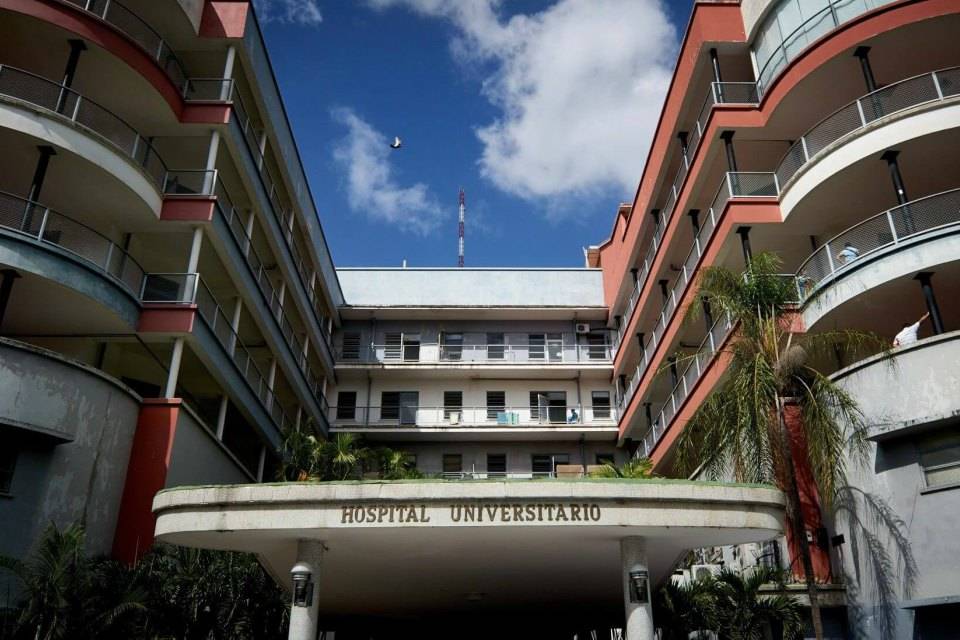Tropical Storm Arlene, formed this fridaylost organization and intensity throughout this Saturday until it became just an area of low pressure.
First downgraded to a tropical depression, Arlene continued to decline from its already weak strength until it dissipated as a cyclonic organism.
At 6:00 p.m. (local time) its maximum sustained winds were just 45 kilometers per hour with higher gusts, while the central pressure had increased to 1001 hectoPascals, according to the most recent part of the Cuban Institute of Meteorology (INSMET).
The now area of low pressure is moving slowly towards the south-southeast at a rate of 11 kilometers per hour, and at the time the warning was issued it was in the waters of the Gulf of Mexico, 185 kilometers north of Cape San Antonio in Pinar del Rio.
According to the Insmet “in the next 12 to 24 hours, the remains of Arlene will continue their movement to the southeast, progressively turning their trajectory towards the east, transiting very close and over the western region, with little change in their translation speed” .
“Areas of showers, showers, and thunderstorms associated with the remnants of Arlene will increase beginning in the afternoon in the western region and extend into the central region overnight tonight and into early Sunday morning,” the forecast adds.
“Rainfalls can be strong and intense in some locations,” warn the Cuban experts, according to which “the winds will begin to turn from the southwest to the west from the afternoon and at night to the northwest with speeds between 15 and 30 kilometers per hour with top streaks”.
The notice also anticipates that “in Pinar del Río it is expected that from this afternoon swells will begin on the north coast with waves between 1.5-2.5 meters, while on the south coast there will be waves with heights between 1.0-1.5 meters”, at the same time that “there will be an increase in sea level of up to 0.2 meters in the Gulf of Guanahacabibes and slight effects in the settlement of La Fé, Pinar del Río.”
For its part, “on the north coast of Artemisa and Havana there will be waves.” In addition, “a rise in sea level of up to 0.9 meters is expected, which will produce accumulations of water in low-lying areas of the Havana coast, specifically in the lower Santa Ana, Playa municipality,” concludes the one that, according to the Insmet , will be his last part of the evolution of Arlene.





